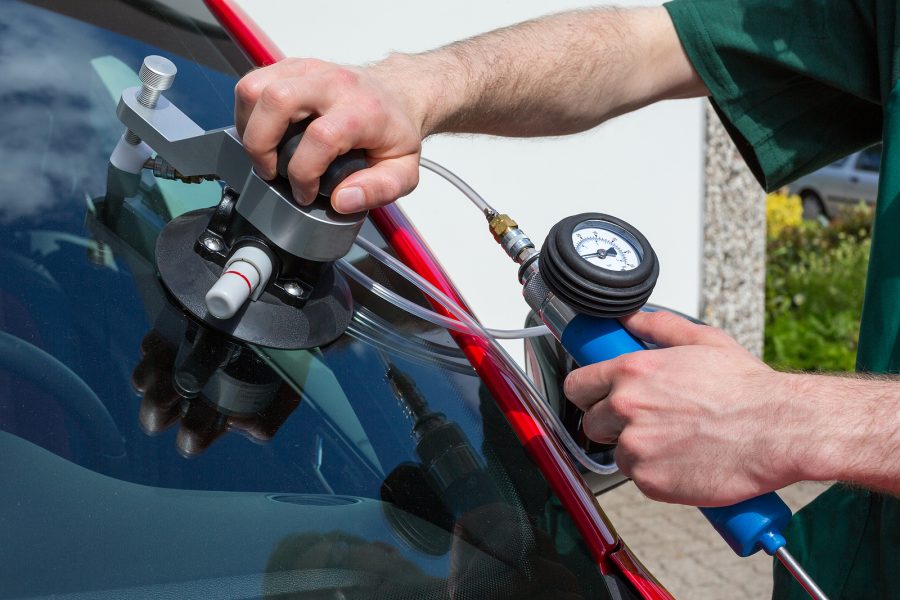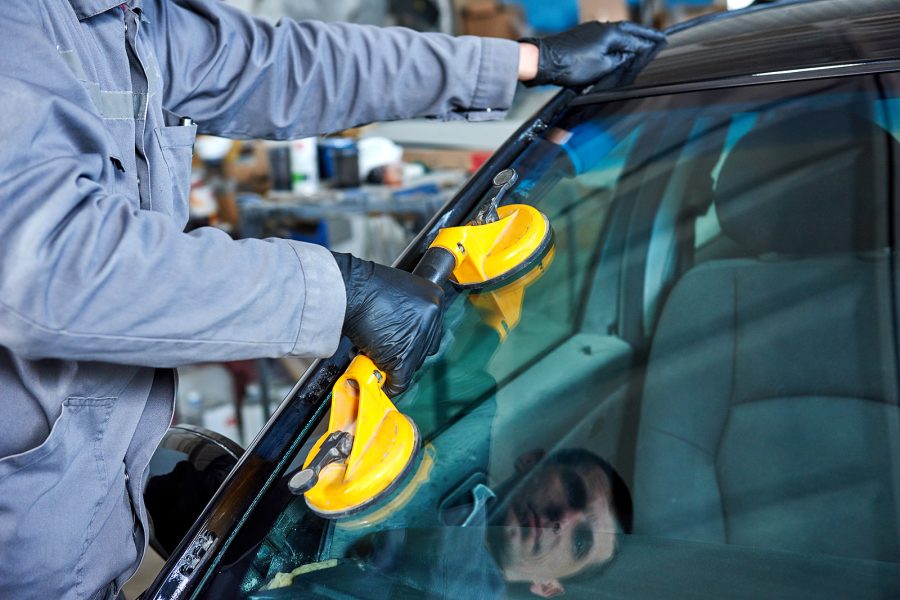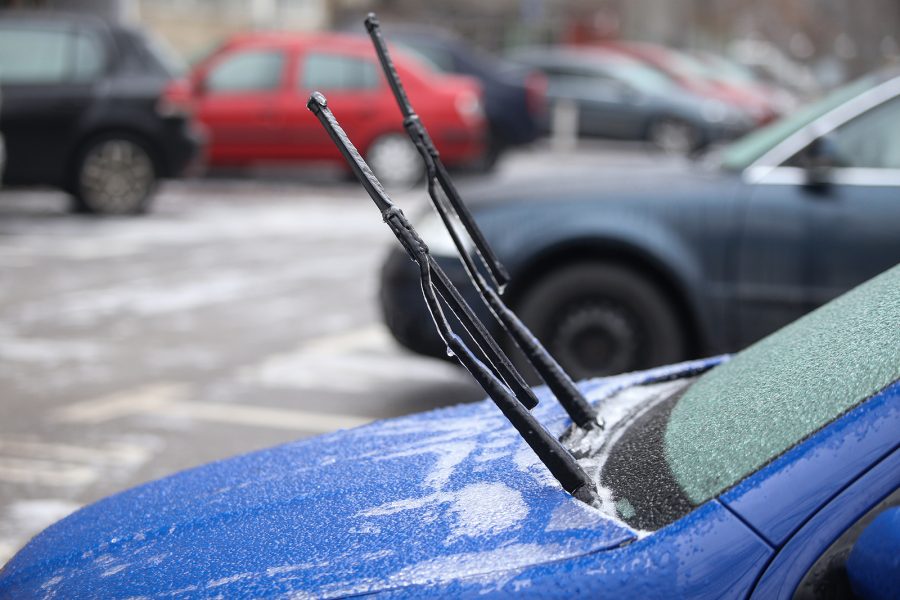The mild autumn weather has taken a turn for the worse, and the cold frosty nights are becoming more frequent. With a colder than average winter predicted for the UK, motorists will be seeking the quickest method of clearing an icy windscreen, to allow them to get going safely in the mornings. Here are some tips on the best way to go about it.
1. Start up the car
Make sure the wipers are switched off first, as if you start up the car with the wipers on, they could tear if they have frozen to the windscreen. Next, switch the engine on, and turn the warm air vents to the windscreen. Turn up the heater and fan, and also the air con to remove moisture and stop the car from misting up.
Wipe off any moisture on the inside of the windscreen with a lint-free absorbent cloth. Don’t be tempted to pop back into the house for anything while the car is running, even for a minute, as thieves are on the look out for just such an opportunity on frosty mornings.
If your car is stolen in this manner, you may not even be entitled to claim any insurance, as it may be deemed as your own fault by the insurance company. Therefore, have everything you need with you from the start, or turn the engine off and take the keys with you if you do need to leave the vehicle, however briefly.
2. Sweep off the snow
If snow is lying on the vehicle, clear it from all surfaces, including the front grille and the roof. If you are in a hurry, you may be tempted to leave the roof, but the snow will tip off into the path of other vehicles on the road once you set off, which is both annoying and potentially dangerous.
3. Use an ice scraper and a can of de-icer to remove snow from the glass
Do this while you wait for the car to warm up inside. Don’t drive off until all the windows are clear, or you could be committing a driving offence.
4. Avoid these common mistakes
Never pour boiling water on your windscreen. It may seem like a quick solution to allow you to get going, but you will run the risk of cracking the windscreen. This is because glass expands quickly when exposed to heat, and will contract again in the colder air. This sudden thermal shock causes the glass to flex.
Even if the glass doesn’t crack, it may still be damaged. This can still happen even with lukewarm water. A further danger of this method is that the water will soon re-freeze, creating a much thicker layer of ice than was probably there in the first place. The water may gather on the wipers and freeze them to the glass.
If possible, leave a piece of cardboard over your windscreen at night to prevent ice forming in the first place.
For windscreen replacement in the UK, talk to us today.









